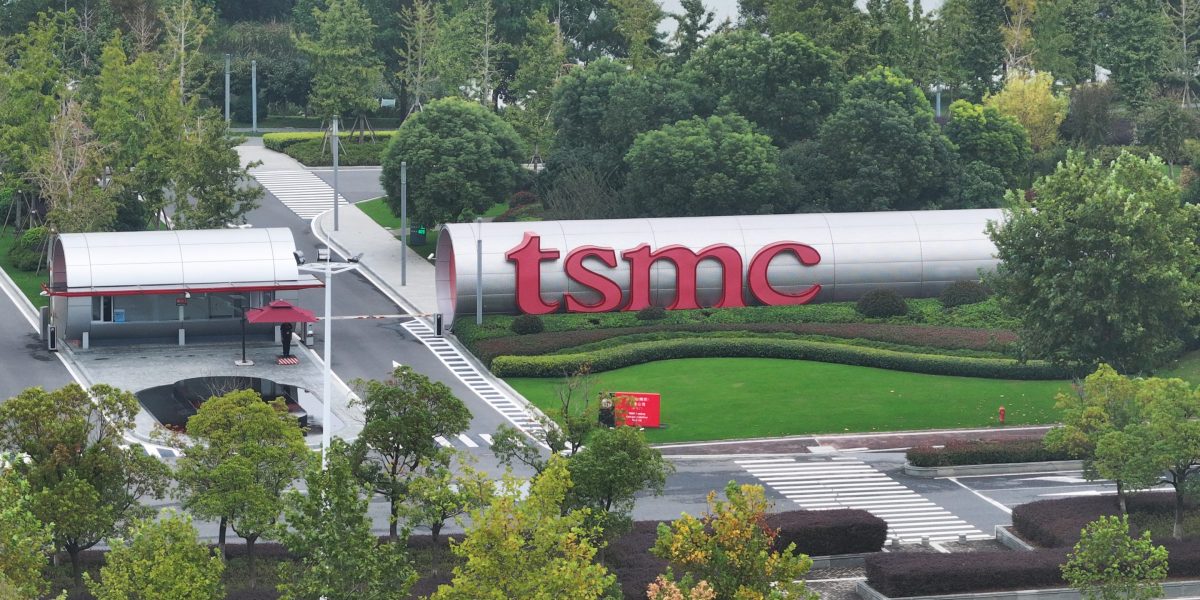Unlock the White House Watch newsletter for free
Your guide to what the 2024 US election means for Washington and the world
Donald Trump announced sweeping new tariffs on US imports on Wednesday, taking the global economy into a new era of trade competition.
The measures, announced from the White House’s Rose Garden during what Trump dubbed “liberation day”, include a baseline universal levy as well as targeted reciprocal tariffs.
Many economists fear the levies will raise inflation in the world’s largest economy. But they could endure until Trump believes his goals — including raising revenues and reviving manufacturing in the US — have been met.
What are the measures?
-
A baseline tariff of 10 per cent on imports from all countries.
-
An “individualised reciprocal higher tariff” on the 60 “worst offenders” — countries with which the US says it has the largest trade deficits.
-
The reciprocal tariffs will range from 10 per cent to 50 per cent. The exact levy is based on what the White House Council of Economic Advisers thinks is the sum of tariffs and non-tariff barriers on US goods. Half that level will be applied to imports from the 60 countries.
How has Trump done this and when will the tariffs begin?
-
The US president has deployed emergency powers to impose the new tariffs. The administration has declared a national emergency “due to national security and economic security concerns arising from the conditions reflected in large and persistent annual US goods trade deficits”.
-
The first tariffs will apply within days. US officials said the basic tariff of 10 per cent would take effect from 12.01am Saturday April 5, while the higher reciprocal tariffs would apply from 12.01am on Thursday April 9.
Which countries have been hit?
-
A 20 per cent tariff has been imposed on the EU, reflecting Trump’s long-standing animosity to what he says are the bloc’s “unfair trade practices”.
-
Trump said goods from China would be hit with a 34 per cent reciprocal tariff. Crucially, this will be on top on an existing 20 per cent tariff, taking the levy imposed by the president on imports from the US’s second-largest trading partner to at least 54 per cent.
-
The UK’s goods will face duties of only 10 per cent — a small victory for London that will also raise hopes of a quick trade deal with the US.
-
Japan gets a tariff of 24 per cent, striking a blow to one of the US’s closest military allies.
-
Some of south-east Asia’s exporting powerhouses are hit with tariffs of almost 50 per cent. Cambodia was given a reciprocal rate of 49 per cent, closely followed by Laos with 48 per cent and Vietnam with 46 per cent. Other countries with tariffs of more than 40 per cent include Sri Lanka with 44 per cent, Madagascar with 47 per cent and Myanmar with 44 per cent. The tiny French territory of Saint Pierre and Miquelon, off the coast of Newfoundland in Canada, was hit with a 50 per cent levy.
Are there any exemptions?
-
Mexico and Canada, which have been frequent targets of Trump’s attacks in recent weeks, will dodge reciprocal tariffs. Duties of 25 per cent for goods that do not comply with the terms of their 2020 trade deal with the US will remain in place.
-
Cars — sort of. The White House said cars and car parts already hit with 25 per cent tariffs announced last week would be spared extra reciprocal tariffs. But the levy will apply from April 3, Trump said.
-
Bullion, energy and minerals not found in the US will also be spared reciprocal tariffs.
-
Semiconductors, pharmaceuticals, copper and lumber will not attract the reciprocal tariffs. But Trump has already announced probes that could lead to tariffs into copper and lumber, and signalled he will do the same for pharmaceuticals and computer chips.
How long will the tariffs last?
-
Deals may be possible — but it will depend on Trump. The executive order announcing the new tariffs said the president could “decrease or limit in scope” the duties if “any trading partner take significant steps to remedy non-reciprocal trade arrangements and align sufficiently with the United States on economic and national security matters”.
-
But US officials signal they are focused on applying the tariffs. “Certainly, countries are very interested in trying to see what they can do to have more reciprocal trade,” a senior White House official said. “For the moment, we are very, very focused on getting the tariff regime in place.”
-
The tariffs could also go higher. The executive order warned that any retaliation by countries to the measures announced on Wednesday would be met with more levies from the US.
What is the purpose of the tariffs?
-
To reduce the US trade deficit, which has been a long-standing goal of Trump’s. Officials blamed “massive” and “chronic” US trade deficits for eroding manufacturing capabilities, suppressing wages, and “transferring . . . assets into foreign hands”.
-
To force companies to move manufacturing to the US. Trump hopes businesses will set up shop in the country to avoid the tariffs, creating more jobs. “The goal is to restore American greatness and prosperity for everyday American workers in their communities,” a US official said.
-
“Rectifying unfair trade practices.” White House officials said Trump has been “unequivocal for decades about his commitment to rectifying the unfair trade practices of our foreign trading partners, both friend and foe alike”.
-
Raise revenues for the US, to help pay for deep tax cuts. While US officials did not cite this as a reason for the tariffs, they said the levies would raise “hundreds of billions of dollars in any given year”, or “trillions over a 10-year period”.




